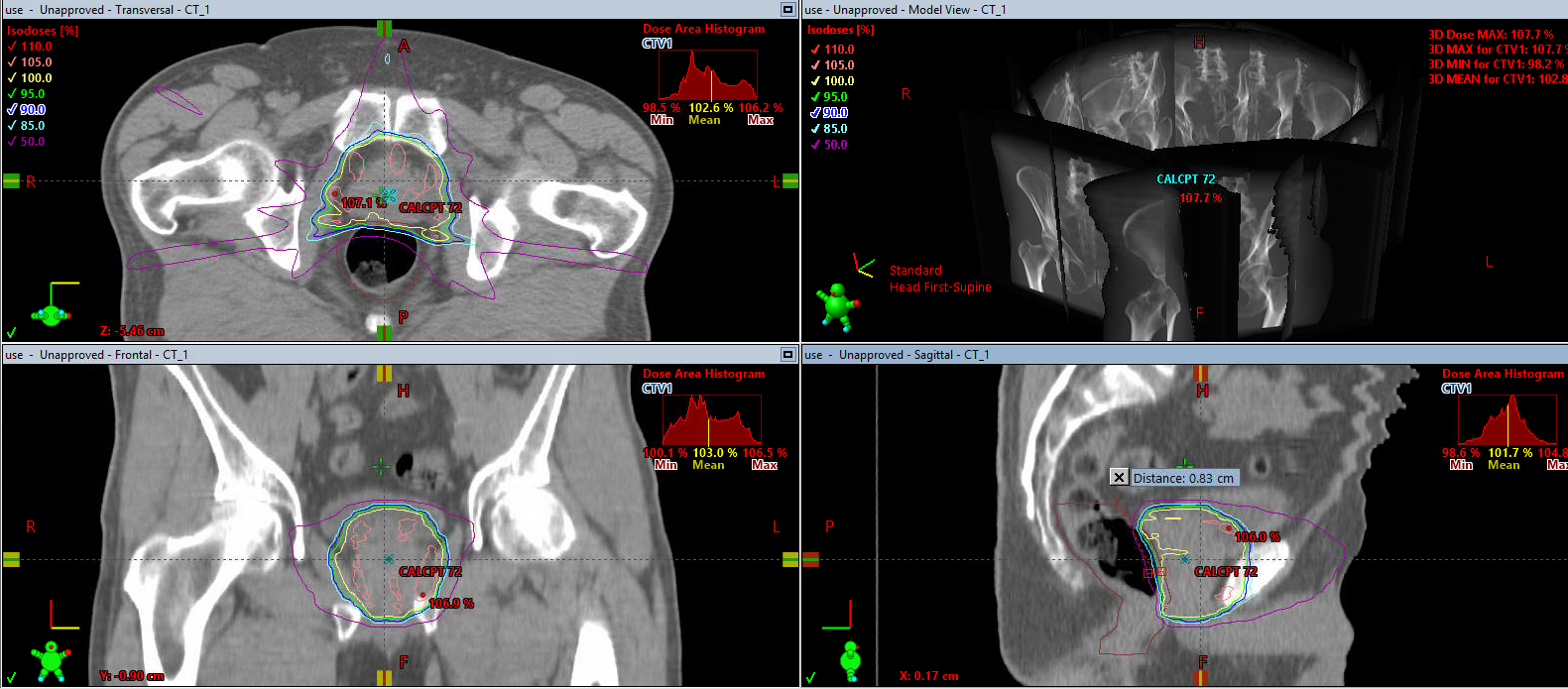- Joined
- Dec 17, 2007
- Messages
- 3,391
- Reaction score
- 4,410
CHHiP-trial3) 26 vs 27 Gy seems insignificant, but there are threshold effects like this - there is a hypoFX prostate study showing 1 less fraction was either less effective or less toxic, I forget which. Shoulders, and what not.

Conventional versus hypofractionated high-dose intensity-modulated radiotherapy for prostate cancer: 5-year outcomes of the randomised, non-inferiority, phase 3 CHHiP trial - PubMed
Cancer Research UK, Department of Health, and the National Institute for Health Research Cancer Research Network.


